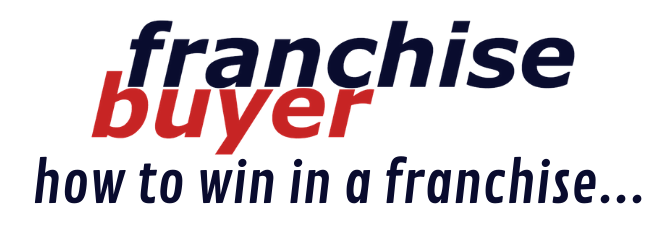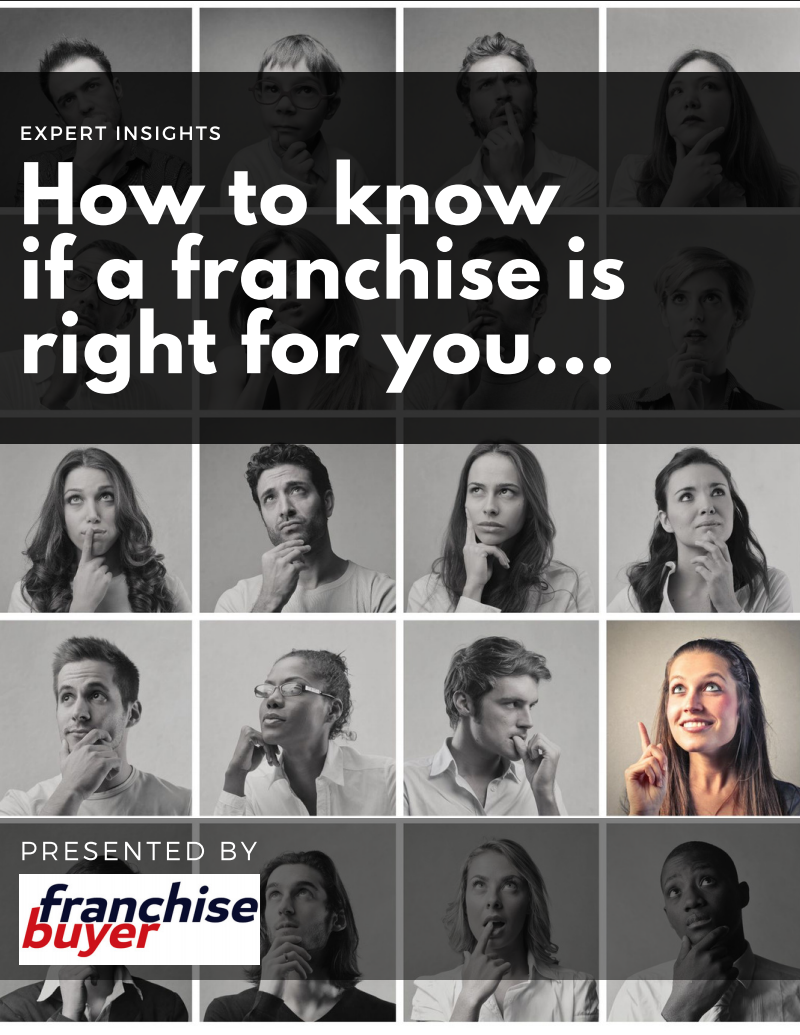October 10, 2018
Business Valuations: Understanding the mysterious multiple
The valuation of a business is often quite different to the owner’s perceptions. In this article, Brett Goodyer of www.bizdiligence.com. au discusses the role of the valuation multiple and what it really means.

Businesses can be valued in a number of different ways; discounted cash flows, net tangible assets, and cost of creation to name but a few. The methodology most often applied however, is the capitalisation of future maintainable earnings (CFME)... and with it comes the often misunderstood capitalisation rate, usually applied as a multiple.
Much like the Continuum
Transfunctioner (as immortalised in
the ground-breaking and some would
say ‘classic’ movie “Dude, Where’s
My Car?”), when it comes to the
multiple applied in CFME valuations,
“...its power is only exceeded by its
mystery”. It is regularly assumed
that the multiple should always and
forevermore be 3; but rarely is this the
case... the multiple is a misunderstood
beast.
The DCF Method
When valuing a business, it is generally accepted (by us valuation boffins) that the discounted cash flow (DCF) method is the most accurate and reliable. In general terms, the DCF method calculates what all of the future income streams of a business are worth in ‘today’s money’. This is done (in its most simplified form) by determining firstly how long we can reliably measure those income streams into the future (usually in years), and secondly determining what sort of discount rate to apply based upon the time-value of money and the relative risk of the business.

The reason that this method is not the most regularly utilised by valuation professionals is that most SMEs dont have cash-flow forecasts for the next 3 months, let alone the next 5 years... so what do we do instead?
The CFME valuation method
Enter the CFME valuation methodology; if the business/entity has been profitable for the last few years, we can apply this methodology as a proxy for the DCF valuation. Instead of discounting each parcel of cash that the business is likely to receive into the future back to today’s value, the CFME methodology seeks to determine an approximation of the profits that the business/entity is likely to make into the future (usually by reference to profitability in the form of net profit, before tax and excluding interest in prior years), and then applying the multiple. The multiple is a risk assessment of and for the business; it considers the industry, the turnover level, the relative financial performance of the business, insurance and credit risk, specific commercial risks, entity specific risks, reliance upon key employees, owners or key customers, geographic risks, competitor risks, technology considerations... to name but a few. It is not simply 3*. For instance, in micro businesses (where turnover is less than $500,000), it is not unusual for the multiple to be less than 1, as the business is entirely dependent on a single individual. Essentially, the business sale would be a person purchasing a job.
A business turning over less than $1 million is often traded for a multiple of between 1.5 and 2.5. It would need to be a business possessing some very special attributes in order to attract a multiple of 3 or more. Equally, a business in the turnover range of $1 million to $5 million would have to be quite special or be purchased for synergistic benefits to attract a multiple of 3 or more.
Once a business turns over more
than $5 million, making a significant
(and relatively consistent) profit, with
few operational risks, it is more likely
(but by no means guaranteed) that
the business valuation CFME multiple
will approach or eclipse the mystical
number 3.
Qualitative factors
So, in a sea of businesses in a similar industry, with similar turnovers, facing similar business risks, how does one business achieve a greater multiple? Put simply, in order to achieve a greater multiple than other similar businesses the key is to represent the lowest risk to the prospective purchaser amongst the options available to them. This is achieved through qualitative means rather than simply increasing a business’ profitability (though the value of a business is rarely harmed by increasing its bottom-line). So how do you do that? By assessing your business and considering what a prospective new owner would not only require continuing the business after you hand it over, but what would make it easier?
When valuing a business, a competent valuer is going to consider qualitative factors of a business such as documented work procedures, whether the business premises has a long term lease in place, are key suppliers and customers locked in with contracts, and various other considerations that would reduce the risk of taking over a business. The reduction of business risks to a prospective purchaser is the key to an increased multiple; and an increased multiple means an increased value.
Like any specialist service, business valuation requires the systematic application of academic rigour within the context of sensible, commercial considerations. A one- size-fits-all approach is not only inappropriate; it can be misleading and potentially damaging. To assume that the CFME multiple that was appropriate for one business is automatically applicable to the next business is quite simply incorrect. Multiples are assessed on a case by case basis by considering the individual circumstances and attributes of the subject business, but with a measured and targeted strategy there is absolutely no reason why any business could not increase the multiple applied in its valuation.
Occasionally, through pure happenstance, the multiple might just happen to be 3.















